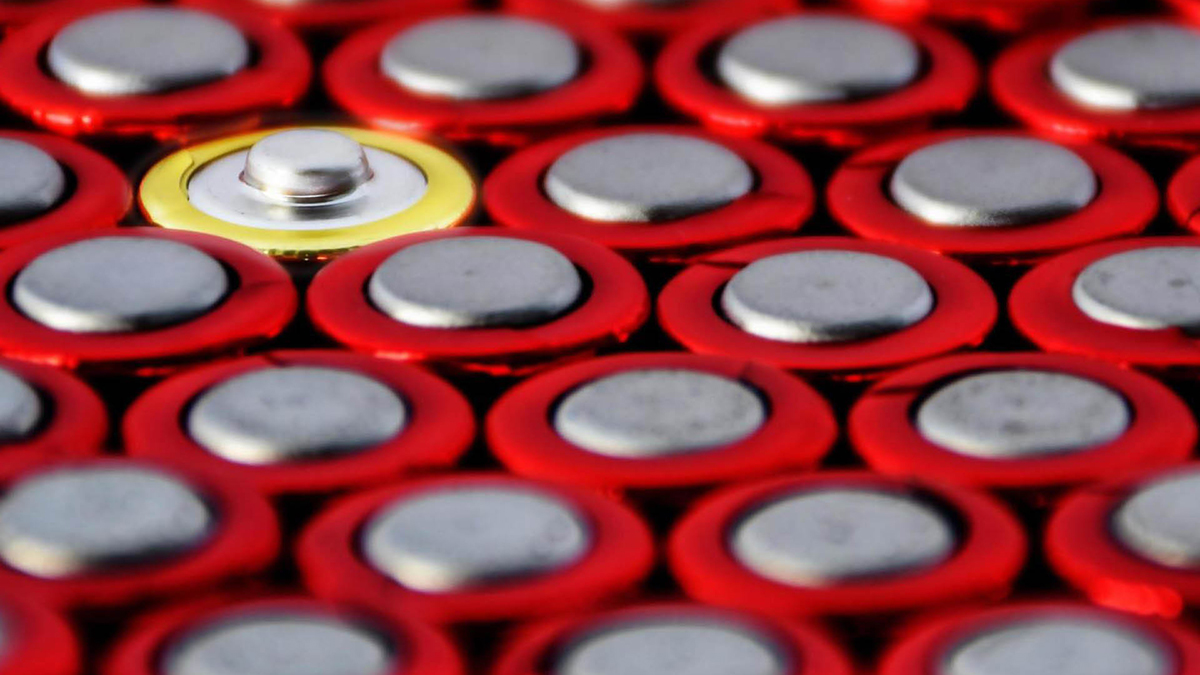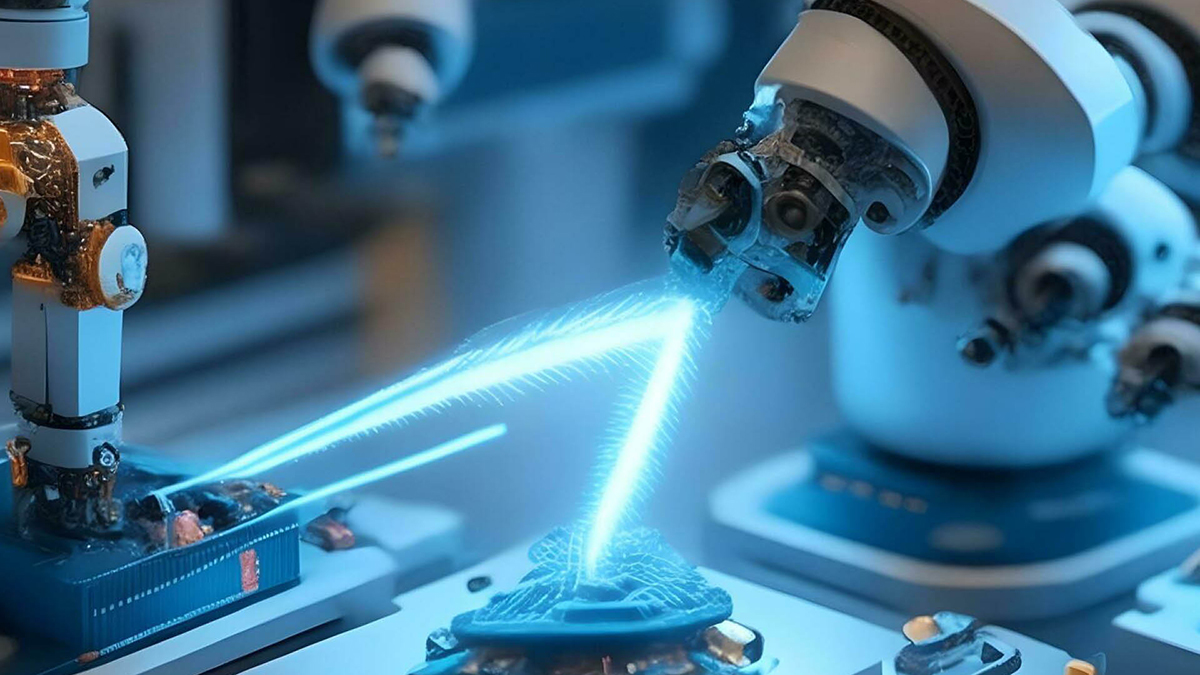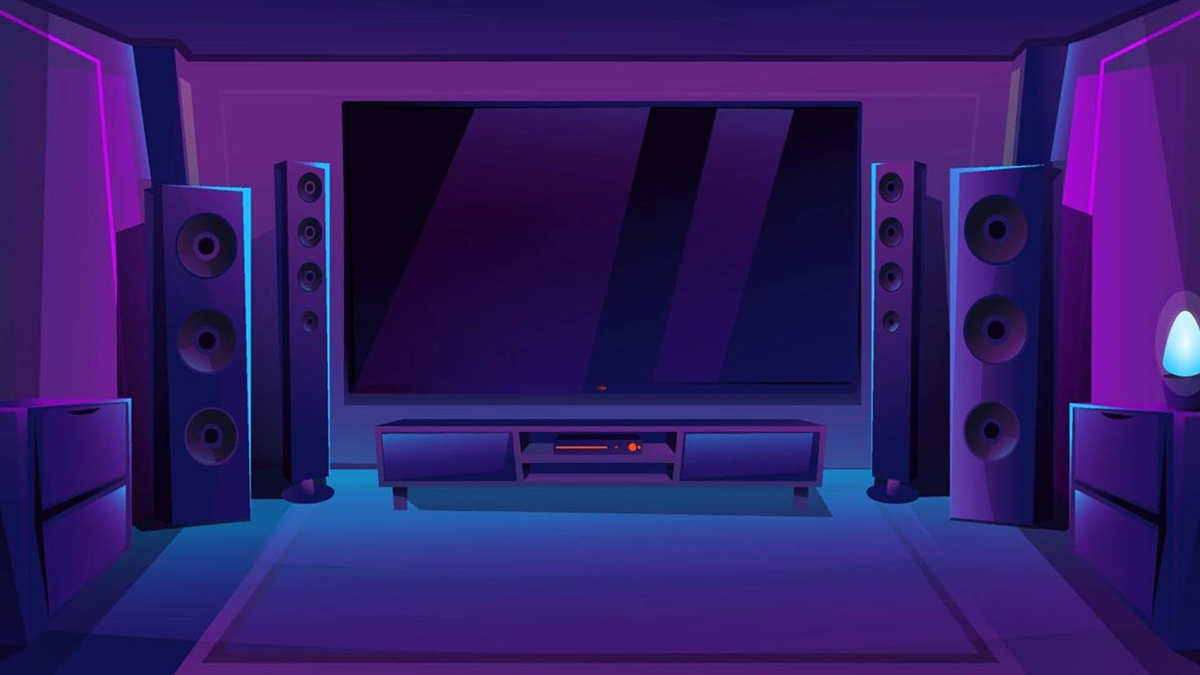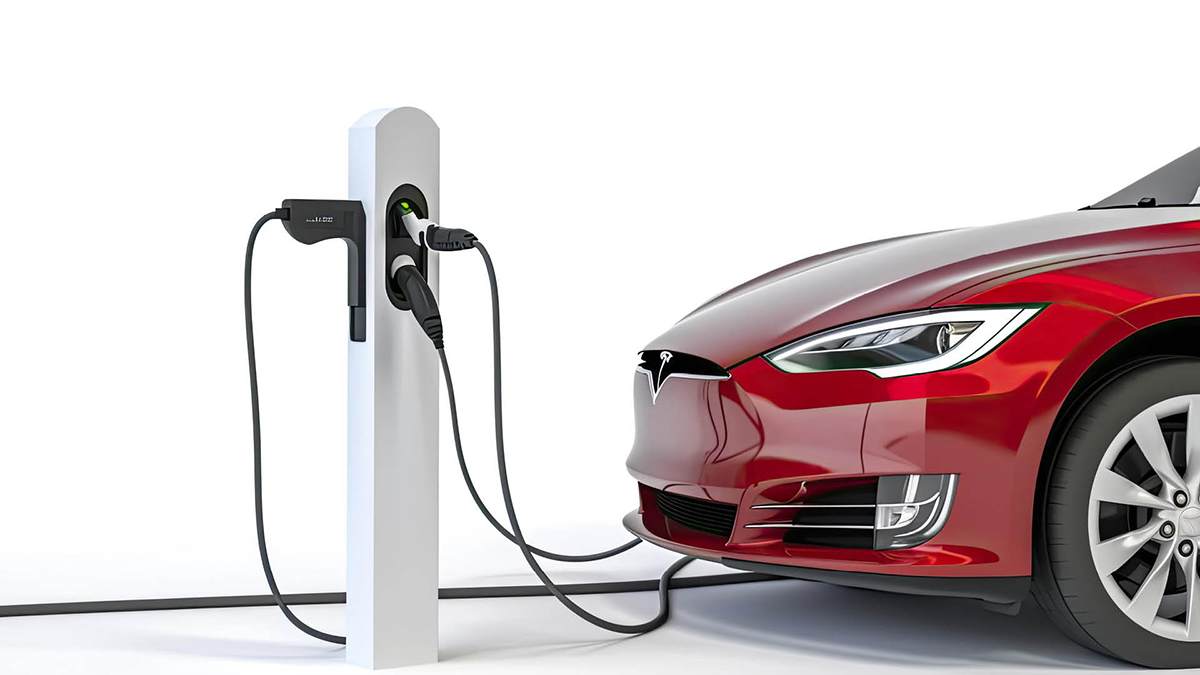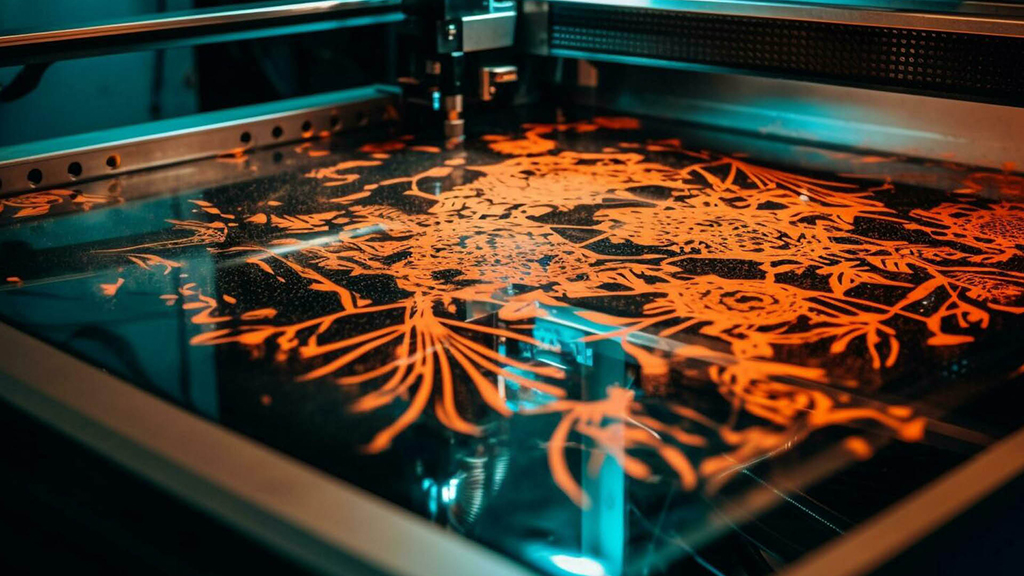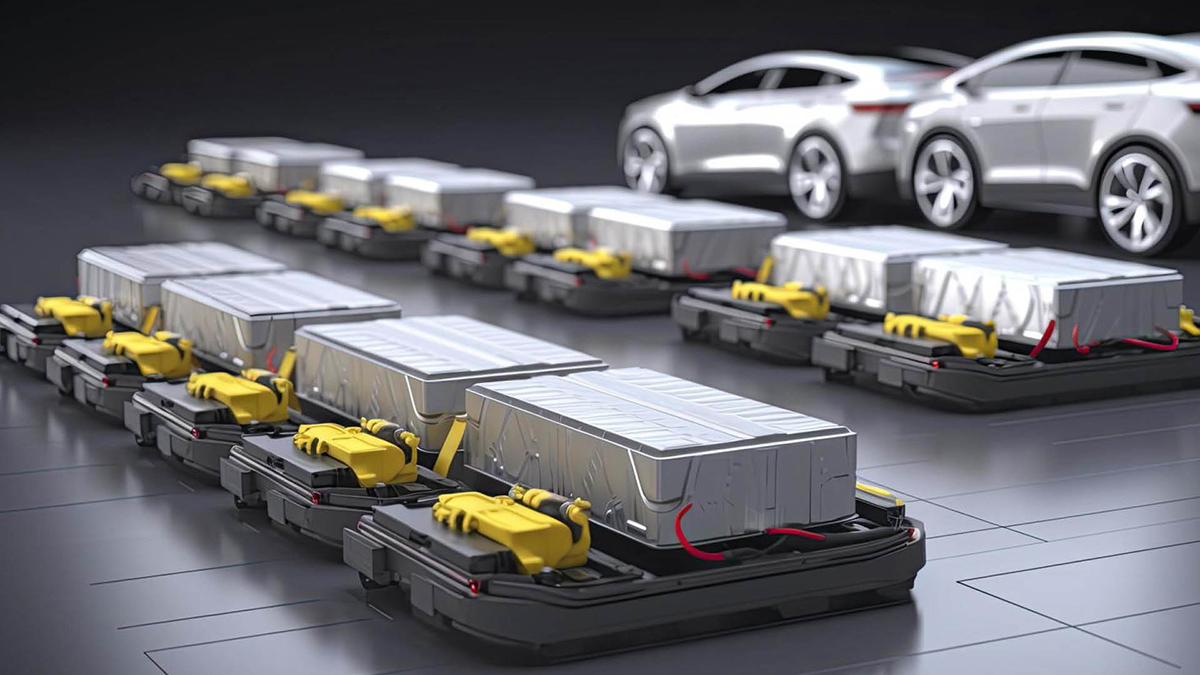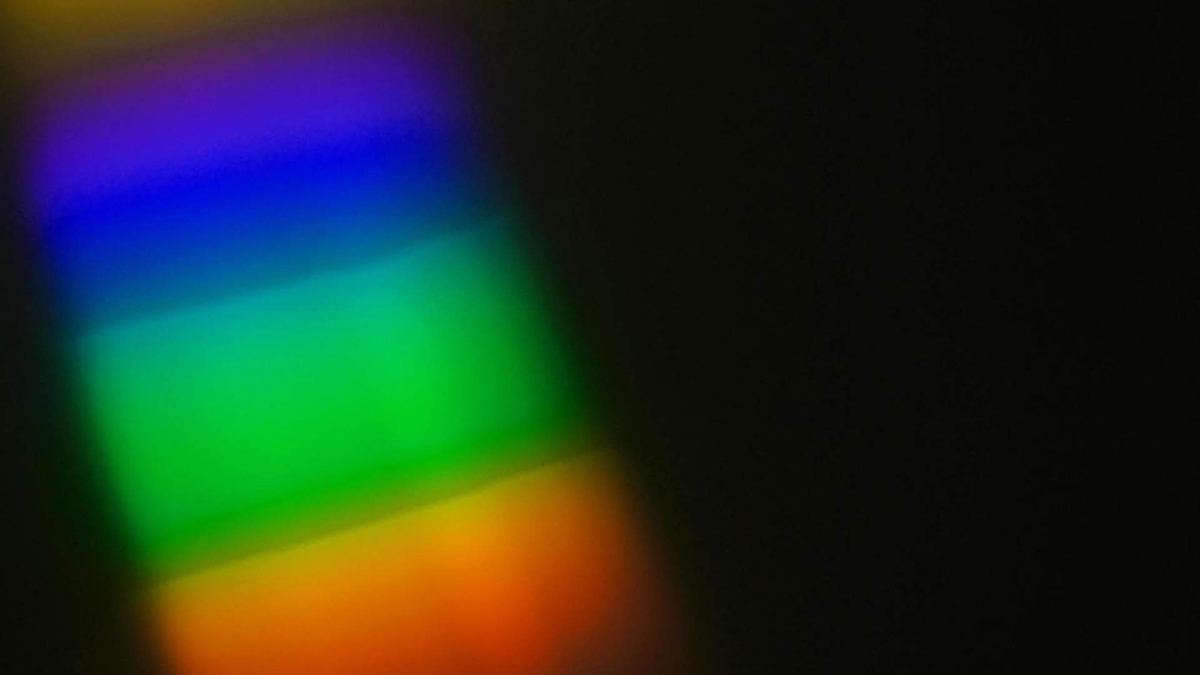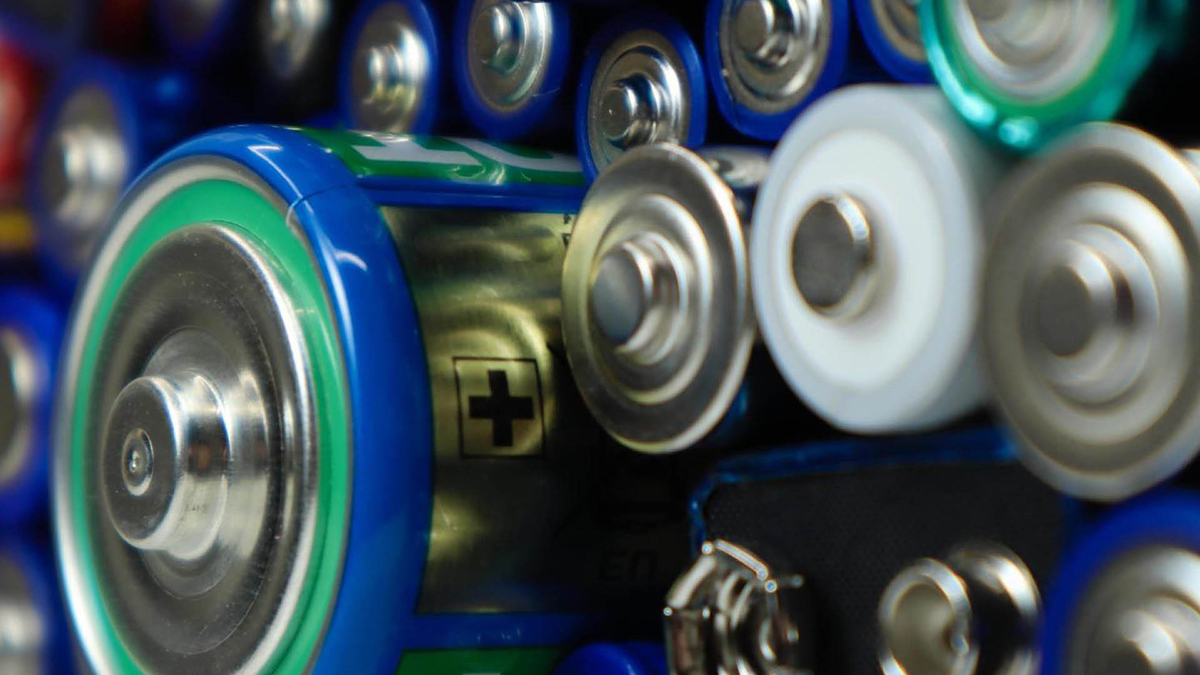
Quantum computers have the potential to tackle problems it would take classical computers trillions of years to solve. Most quantum computer designs depend on cooling the hardware to extreme temperatures well below -200 degrees Celsius. However, in recent years the technology for desktop quantum computing has begun to advance.
Quantum Computers Are Cool
Quantum computers are cool; they exploit the sub-atomic phenomena of superposition and entanglement. Creating bits of information, 1s and 0s, at a quantum scale leads to an exponential advantage in computational power. However, quantum systems are notoriously susceptible to noise. Multiple noise sources can reduce a computation’s accuracy or even entirely destroy quantum information.
One of the most challenging noise sources to overcome is thermal noise. To avoid it, many popular hardware approaches are cooled to ultra-cold temperatures. For example, superconducting quantum computers require specialist vacuum pumps and cryostats. This equipment is expensive, dependent on helium, and needs a lot of space, water, and power.
To date, the infrastructure required to cool quantum computers has created a barrier to bringing quantum computers to our desktops. However, new approaches to quantum computing are emerging, including photonic and diamond defect designs. The potential for these technologies to operate at room temperature could significantly improve accessibility to quantum computing and ultimately result in a larger addressable market.
Photonic Qubits Can Survive Warm Temperatures
Photonic platform quantum computing uses light to form qubits. This could be using the state of individual photons (polarization/squeezed) or the quantum states of beams of photons (qumodes). Photons are naturally more robust to thermal noise, and multiple companies today are producing early-stage photonic quantum processors which don’t need cooling – for example, QuiX. While scalable and versatile photonic hardware for quantum computing is still a way off, some application-specific devices have already been realized. This includes machines from ORCA capable of time-bin boson sampling – suited to machine learning and generative modeling.
However, photonics is not an approach to quantum computing without challenges. In some instances, detecting photons to read out the solution to a quantum algorithm still depends on super-cooled sensors. In other words, the qubits may be at room temperature, but the technology to detect them is not. Also, the entangled light sources required for more advanced systems require more development – for example, specialist quantum dots or semiconductor nanostructures. Furthermore, while photons are less affected by warm temperatures, they are still prone to leaking out of waveguides.
That being said, investment in photonic quantum computing is on the rise – surpassing US$500 million in 2022. Many of the requirements for better photon sources and less-noisy architectures are being tackled, and optimism is high that scalable and versatile quantum computing using this method is possible. This sector seeks to capitalize on the existing use of fiber optics for high-speed communications and the growing governmental interest in photonics for cryptography and cyber security.
Diamond Lattices Naturally Protect Qubits From Noise
Engineered diamond was historically identified for its applications in quantum sensing, but in recent years, research has evolved toward room-temperature and even desktop quantum computing. Diamonds with a specific defect can form 2-state quantum systems and, therefore, qubits. For example, nitrogen-vacancy (NV) centers have spin states which can be used to represent 1s and 0s. The frequency of stimulated emission of NV centers is dependent on this spin state, and as such off-the-shelf fluorescence microscopes can be used to read out algorithm results. Because these qubits are naturally insulated from noise sources in the environment by lattices of carbon atoms in diamonds, they are good candidates for room-temperature quantum computing.
Indeed, multiple companies are already selling desktop-sized diamond defect quantum computers. Supercomputing centers and aerospace companies have invested in diamond-defect technology from the likes of Quantum Brilliance and XeedQ. However, the number of qubits demonstrated using diamond defect remains in the single digits. It is widely agreed that to provide the most commercial value and meet the needs of error correction techniques, thousands, if not millions of qubits are required. Some developers do plan to demonstrate hundreds of diamond-defect qubits in the next few years, but there is plenty of research left to do, particularly in terms of optimizing the engineered diamond manufacturing processes.
Hype vs. Reality
While creating room-temperature desktop quantum computers is theoretically possible, today, most quantum computing hardware developers are focused on providing systems for industrial applications, including the aerospace, finance, and chemical sectors. This includes many of the leaders in photonic and diamond-defect quantum computing. There is general agreement that the highest value problems quantum computers will solve first will be achieved through cloud access models.
However, a future with room-temperature solutions for the mass market shouldn’t be ruled out, the photonic technology was even featured at CES this year. There are many more potential users outside of pharma and aerospace who could benefit from an affordable and mobile solution – predominantly for edge-AI, image processing, and real-time logistics optimization. Autonomous vehicle manufacturers and supermarket chains are already exploring this quantum application space. There is even demand for higher-performance computing in the harsh environment of space, for example, to process images from satellite-mounted astronomical instruments.
Outlook
Though quantum computing could come to the desks of the mass market, classical hardware solutions will remain dominant here for at least the next twenty years. In the meantime, room-temperature quantum computers are instead set to play a role in educating society about quantum computing. Ultimately this will serve to facilitate research and enable the adoption of the most powerful, high qubit number devices on the cloud. It remains uncertain which the market leading technologies will be, with photonic and diamond competing with superconducting, trapped ion, neutral atom, photonic, and even silicon based. However, according to IDTechEx’s research study, long-term commercial success is most likely for more inherently scalable solutions – for which desktop suited modalities could have a significant competitive edge. The addressable market for quantum computers is forecast to increase rapidly as technology advances, with over 3000 systems likely to be installed by 2043.
To find out more about the IDTechEx report “Quantum Computing 2023-2043”, including downloadable sample pages, please visit www.IDTechEx.com/QuantumComputing.








































































